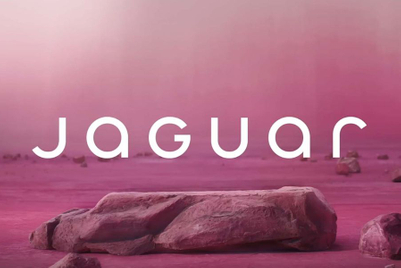
What is the 'owned-first' approach about? ZenithOptimedia used to advocate the role of paid media as the one that fuels owned and earned media.
Harrison: This means placing owned media at the forefront of a communications strategy. Owned media means a brand's owned channels and assets—for example online video, photography, music, written content. 'Owned-first' brand building still uses paid media to drive people to a brand’s owned platforms and produces higher levels of consumer engagement than traditional paid-media-centric approaches. ZenithOptimedia is taking a stand against the limited approach to communications that starts with paid media rather than a brand’s richer and more powerful ‘owned’ content.
I respect that this 'owned-first' thinking is required in a digital era, but could you explain a bit more why you think this approach is revolutionary? Doesn't it boil down to managing your own stuff properly first, before you think about buying space or getting eyeballs on other media?
Harrison: With the internet, what has changed here is a recognition that a brand has the opportunity to develop some digital owned assets: website, Facebook page, Twitter account, mobile phone app. These allow a brand to move from a very reductive position where everything is distilled into 30 seconds into a very, very much wider opportunity to communicate continuously 365 days of the year.
So there are no longer these on/off moments, but the ability to go very much deeper in terms of what you can communicate, how you communicate it, when you communicate it, and how it is actually received by consumers.
An 'owned-first' strategy is really saying, it’s a very, very good idea to use strong content on owned media as a springboard to leverage that through paid media. And we see this as a trend. It’s not something that we regard conceptually or something we think might be a vision for the future; it’s actually a reality.
Can you deconstruct the reality from client viewpoints in Asia-Pacific and China specifically?
Guiridlian: I think in China, you see a huge appetite for international brands. And we see that a lot, especially in tier-three and -four cities, where they may not have even seen a physical store or a product. That's where owned assets in a digital world become the one place of discovery. We work on a lot of luxury clients here, and we know Chinese people from lower-tier cities come to Hong Kong to shop for a different reason than upper-tier consumers. Price is, obviously, number one; secondly, it’s to actually access a store which they don’t have at home.
So it’s a whole element of brand discovery vitally important to China, especially because it’s very difficult to cover China as a market, even with paid advertising. China is probably the market in Asia which is most advanced in this 'owned-first' area. Inevitably, the level of reach that paid media can get in China is limited.
From a cost and reach perspective, isn’t earned media much more influential than owned media? I’m just proposing an alternate reality that some other agencies see.
Harrison: What I can tell you is, at a global level across all of our projects that we’ve done, what we’re seeing is the growing influence of owned relative to earned and paid. So owned ten years ago was similar to paid, but in the last ten years it has become as influential as earned. On average, owned media being things like brand websites, especially in high-consideration categories, are as important as recommendations from your friends and families, that are on parity with earned media.
Guiridlian: Also, when you think about the owned channels, if you take out the historic owned-channels like your store or your website and think about YouTube or Facebook pages, these are very neutral and trustworthy environments that are owned environments because they allow consumers to openly comment, negatively or positively. So these becomes platforms on which brands are extremely powerful, because these are still environments owned by the brands. They have a stamp of trust very close to the earned environment.
Yes, but even in so-called owned environments you can see a lot of fake followers and fake opinions…
Guiridlian: Of course, but that also applies to earned media. One of the key trends in beauty is recruiting bloggers, which historically belong to the earned environment. What do most beauty brands do these days? They buy exposure on blogs and give exclusive access to products not launched yet so that bloggers will talk positively about them. We’re seeing how, you know, the lines are blurred. And it is somehow damaging the power of earned, and at least owned is not pretending to be something else in a branded environment. A lot of the focus groups that we conduct with young ladies reveal that they’re not sure if they can trust the bloggers anymore because they’re almost certain that the bloggers have been asked to provide those beauty advice. I think that comes back to the power of owned becoming the centre point of influence for people.
I am trying to say that this is not like we are inventing the wheel. The wheel is there. What we are trying to say is how to navigate that wheel and understand the power a brand can truly deliver if it approaches it from an owned-first perspective. As opposed to most of our traditional conversations are focusing on paid, but paid media can take you so far.



.jpg&h=334&w=500&q=100&v=20250320&c=1)

.jpg&h=334&w=500&q=100&v=20250320&c=1)
.jpg&h=334&w=500&q=100&v=20250320&c=1)
.jpeg&h=334&w=500&q=100&v=20250320&c=1)

.jpg&h=334&w=500&q=100&v=20250320&c=1)
.jpg&h=334&w=500&q=100&v=20250320&c=1)







.jpg&h=268&w=401&q=100&v=20250320&c=1)
